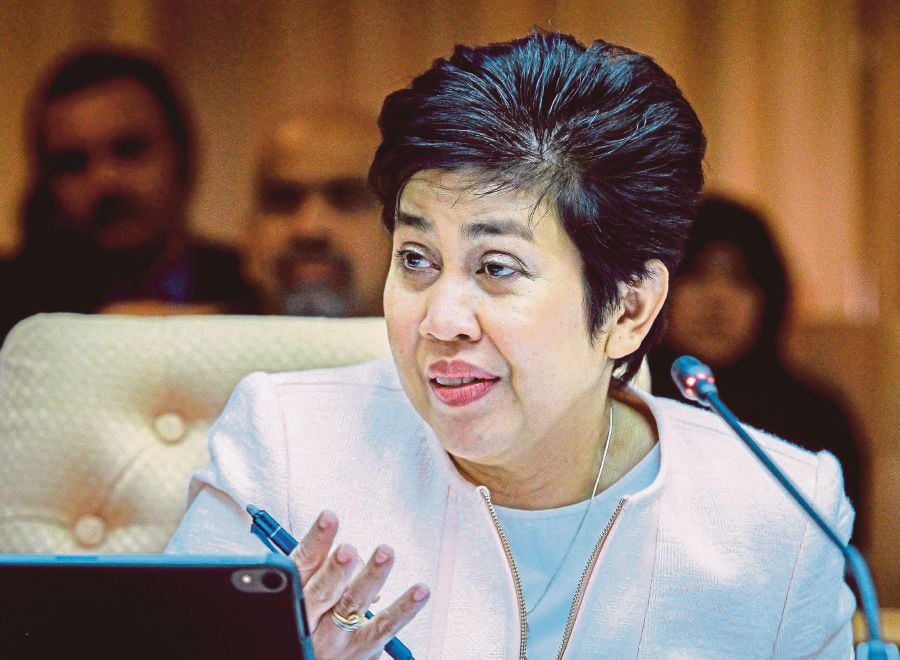KUALA LUMPUR: Malaysia's economy grew 5.0 per cent in the first quarter (Q1) if the year, supported by improving domestic demand as economic activity continued to normalise with the easing of containment measures.
Bank Negara Malaysia said the improvement also reflected the recovery in the job market, with the unemployment rate declining further to 4.1 per cent (Q4 2021: 4.3 per cent), as well as continued policy support.
"Strong external demand amid the continued upcycle in global technology provided further lift to growth.
"On the supply side, services and manufacturing sectors continued to drive economic growth, expanding by 6.5 per cent and 6.6 per cent respectively.
"On a quarter-on-quarter seasonally-adjusted basis, the economy grew by 3.9 per cent (Q4 2021: 4.6 per cent)," the central bank said.
Bank Negara governor Tan Sri Nor Shamsiah said it remained confident that the domestic economy would improve further this year, with the growth projected at 5.3 per cent to 6.3 per cent as announced in March.
"This is underpinned by stronger domestic demand, continued expansion in external demand, and further improvement in the labour market.
"Growth would also benefit from the easing of restrictions, reopening of international borders and implementation of investment projects," she said during a press conference on the Q1 gross domestic product (GDP) briefing here today.
Nevertheless, she said risks to Malaysia's growth momentum remained.
"These include a weaker-than-expected global growth, further escalation of geopolitical conflicts, worsening supply chain disruptions, adverse developments surrounding Covid-19 and heightened financial market volatility," she added.
Meanwhile, Nor Shamsiah said in an environment of high input costs and improving demand, headline inflation was projected to average between 2.2 per cent and 3.2 per cent this year.
In Q1, headline inflation moderated to 2.2 per cent.
She said underlying inflation, as measured by core inflation, was also expected to trend higher during the year, averaging between 2.0 per cent and 3.0 per cent.
"Several key factors are expected to partly contain upward pressure on prices, namely the existing price control measures and the continued spare capacity in the economy.
"Nonetheless, the inflation outlook remains subject to commodity price developments, arising mainly from the military conflict in Ukraine and prolonged supply-related disruptions.
"The outlook is also contingent on domestic policy measures on administered prices," she added.






